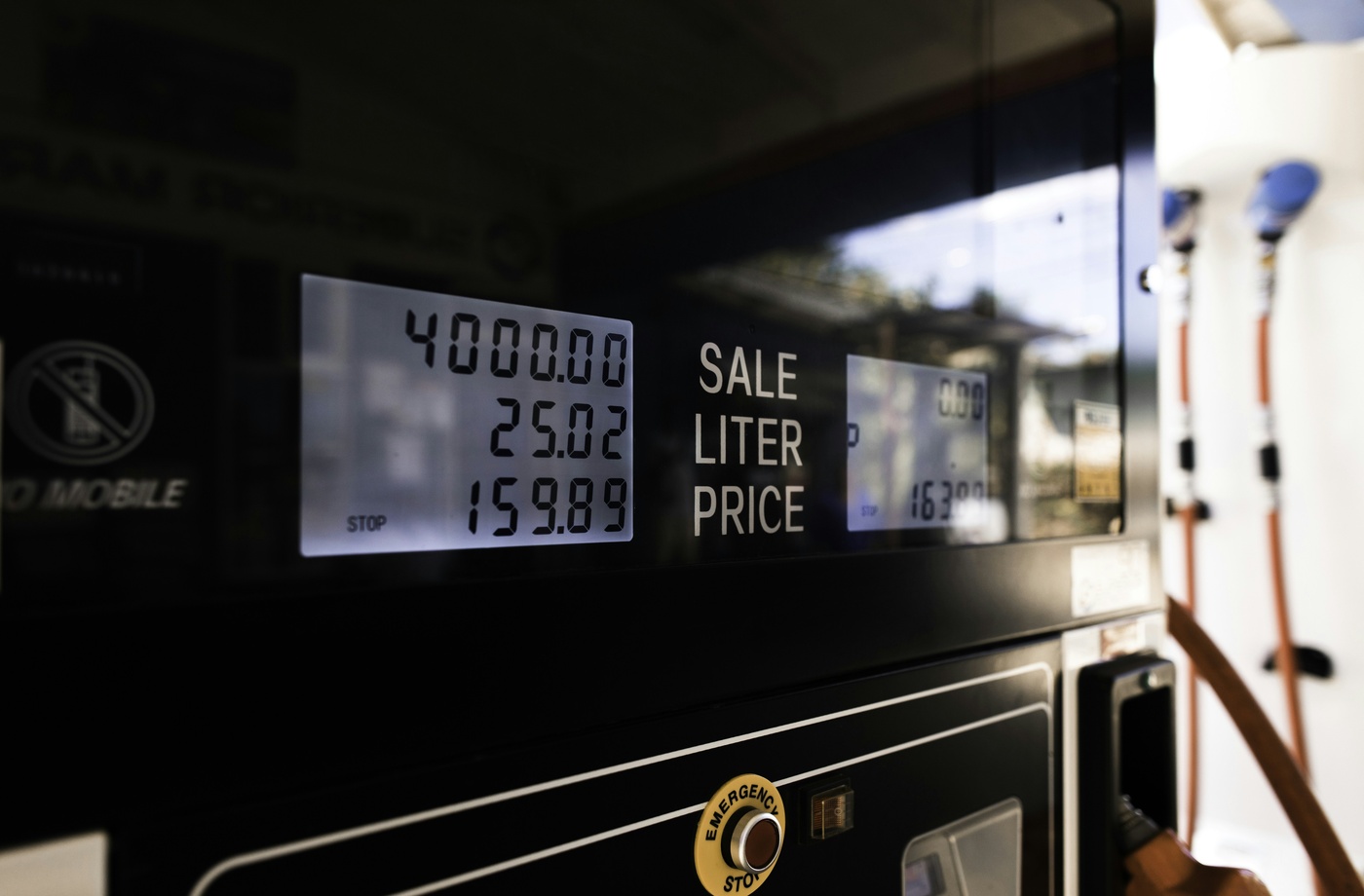Stop-and-go traffic is unavoidable for most urban and suburban drivers. Unfortunately, it’s also one of the worst conditions for fuel economy. Constant acceleration and braking, long idle times, and short travel distances between stops all contribute to higher fuel consumption. But while you can’t always avoid traffic, you can adjust your driving habits to improve efficiency and save money at the pump.
Here are the best fuel-saving strategies specifically designed for driving in congested areas.
- Accelerate Gently and Smoothly
In traffic, rapid acceleration does more harm than good. Smooth, gradual acceleration keeps your RPMs lower and reduces fuel burn. According to FuelEconomy.gov, aggressive driving—including quick acceleration and hard braking—can lower your gas mileage by 10% to 40% in stop-and-go traffic.
Use a light foot on the pedal and allow your car to naturally gain speed when possible.
- Maintain a Safe Following Distance
Tailgating not only increases your risk of collisions but also forces you to brake and accelerate more often. Maintaining a buffer between you and the car ahead lets you anticipate slowdowns and coast more frequently—both of which reduce fuel consumption.
Try the three-second rule to keep a safe and consistent gap.
- Use Your Brakes Strategically
Instead of slamming on your brakes at the last second, begin decelerating early and allow the car to slow naturally. This reduces brake wear and fuel usage. For hybrid and electric vehicles, this also maximizes regenerative braking efficiency.
- Turn Off the Engine During Long Stops
If you’re stopped for more than 60 seconds, turning off the engine can save fuel. Idling gets zero miles per gallon and contributes to unnecessary emissions. Most modern engines are built to handle frequent restarts without damage.
Many newer vehicles have auto stop-start systems that handle this automatically, but drivers of older cars can still shut off manually when safe to do so.
- Avoid Excessive Lane Changes
Changing lanes frequently in an attempt to gain a few seconds can result in more acceleration, braking, and stress—all of which lower fuel efficiency. Pick a lane that moves steadily and stick with it unless you need to exit or avoid obstructions.
- Monitor Traffic with Real-Time Apps
Apps like Waze, Google Maps, and INRIX Traffic offer real-time traffic data, helping you avoid the most congested routes. Even shaving 5 to 10 minutes off a route can reduce the time you spend in inefficient driving conditions.
- Keep Your Cabin Temperature Moderate
In slow traffic, running the air conditioner at full blast can significantly reduce fuel economy. On mild days, try opening your windows or using the fan only. At higher speeds, closed windows are more efficient, but in traffic, fresh air ventilation may be more fuel-friendly.
- Keep Your Tires Properly Inflated
Frequent braking and low speeds in traffic create more rolling resistance, especially if your tires are underinflated. Check your tire pressure weekly and maintain the recommended PSI. According to the U.S. Department of Energy, properly inflated tires can improve gas mileage by up to 3%.
Bonus Tip: Stack Driving Habits with Cashback Tools
Even in heavy traffic, you can offset fuel costs by using cashback platforms like Fluz. For instance, you can get cashback at BP by purchasing a digital gift card through Fluz and using it at the pump—no changes to your route or driving style needed.
Drive Smart, Even When Traffic Isn’t
Traffic jams don’t have to drain your wallet. With a few mindful adjustments—like coasting more, braking less, and avoiding unnecessary stops—you can stretch your fuel and reduce wear on your vehicle. Combine these habits with tools that help you earn on every fill-up, and you’ll save more no matter how frustrating your daily drive gets.



